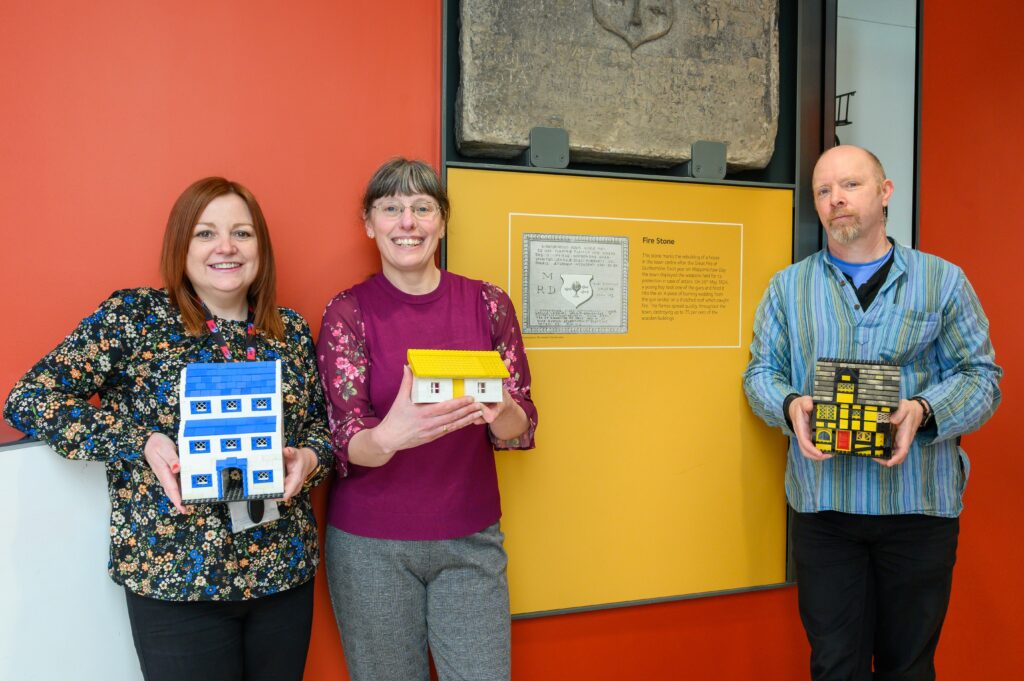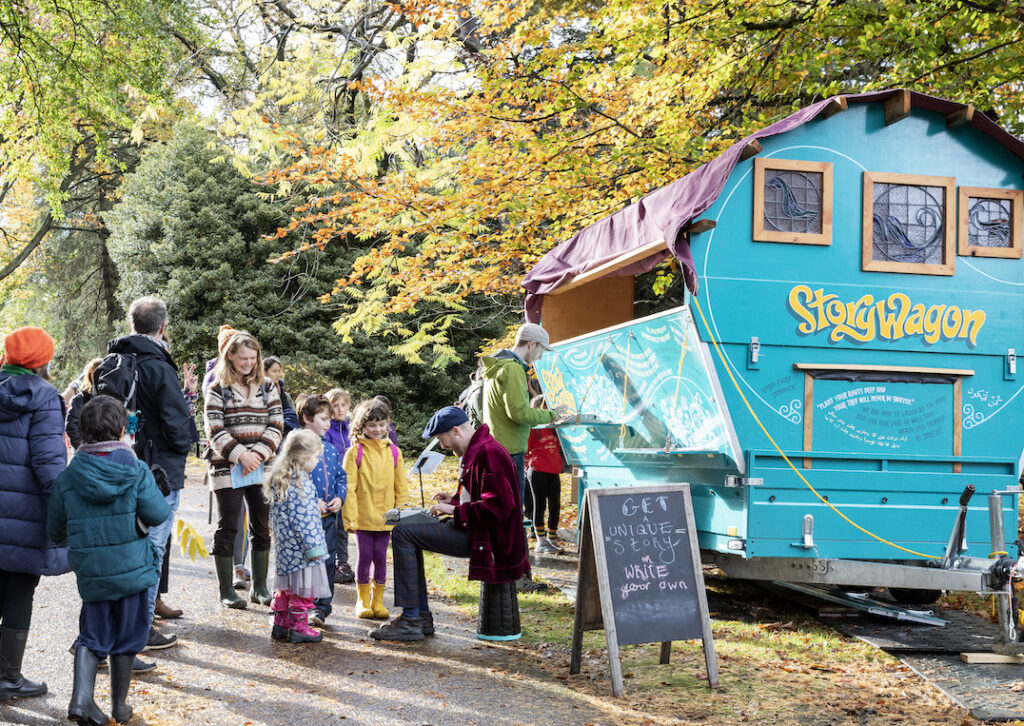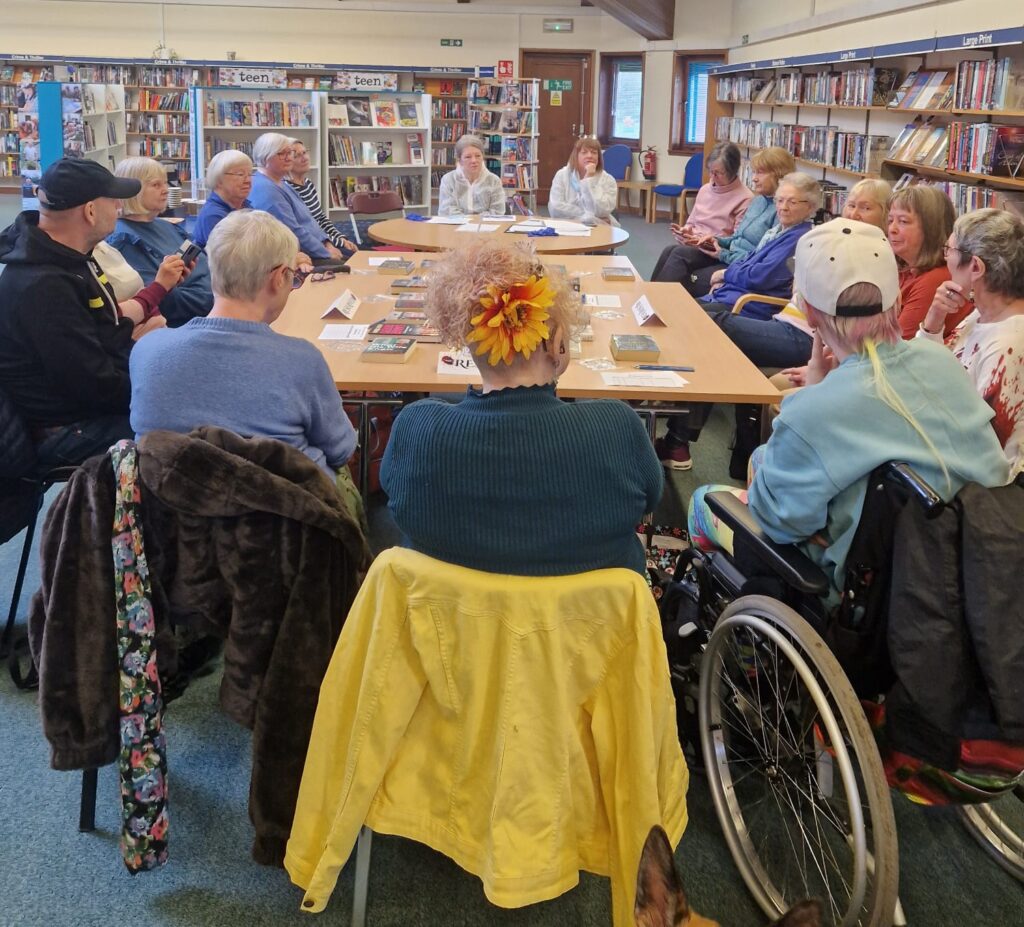Museum curators are recording Fifers’ memories of Covid-19 so future generations can gain precious insights into life during the pandemic.
Staff from cultural charity OnFife, who are creating a digital archive of people’s thoughts, feelings and experiences during lockdown, want to include the widest possible range of perspectives.
They are keen to ensure that the project – begun two years ago – extends to include the reminiscences of those whose experiences have yet to be recorded.
Curators would like to hear the stories of first-time mums, people for whom English is not their first language and anyone who wears a sunflower lanyard to show they have a hidden disability.
The OnFife team – like many museums around the world – set out to create a permanent record of the difficult times people experienced during the first two years of the pandemic.
A quest was launched on 26 March 2020 – just three days after the first lockdown began – by inviting people across the Kingdom to email their experiences.
As well as compiling a digital archive, the team has gathered an array of objects and archival material, including a self-test lateral flow kit, a face covering and a bottle of hand sanitiser produced by a local distillery.
OnFife curator Kirke Kook says: “Although the pandemic is still fresh in our minds, it will one day become a vital part of our history books, so we want to ensure a range of experiences are recorded.”
The digital Lockdown Archive contains a wide variety of images and writings. A host of photographs captures signage that became familiar during Covid – reminding people to stay safe, keep their hands sanitised and stay social distanced. Another series of images focuses on the pandemic’s symbol of resilience and hope – the NHS rainbow.
Many people have shared thoughts they wrote down at the time – some shaped by communal shows of support on the streets, others by a sense of isolation experienced at home and in hospital. The shortest account spans a couple of paragraphs, the longest runs to hundreds of pages.
Diary entries include tales of people managing to source hard-to-find grocery items, grappling with Teams for the first time, or sharing their thoughts on the weekly round of applause for NHS staff.
The archive also highlights how lockdown provided an opportunity to focus on hobbies, or even start a new one. It also records the ways in which people lent a helping hand in their communities.
“Although the archive isn’t publicly accessible yet, it will be used in future exhibitions and research,” says Kirke Kook. “It’s intriguing to think what memories it will evoke in 10, 20 or 50-years time.”
Anyone from groups not yet represented – first-time mums, sunflower lanyard wearers or people for whom English is not their first language – can contribute before 22 August by emailing lockdown@onfife.com. You can also read more about the project on the Fife in Lockdown blog at www.onfife.com.




